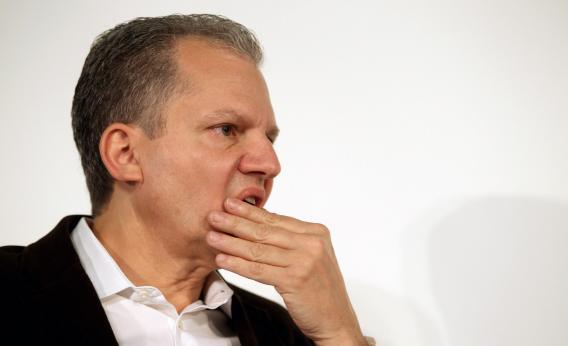The New York Times Co’s pay structure isn’t fit to print. The venerable U.S. newspaper group revealed a bonus structure that rewards bosses with 175 percent of their target payouts for achieving a mere 2.5 percent return on invested capital. That’s a fraction of the company’s cost of funds, and much lower than its own previous standard. A high bar for journalists doesn’t seem to extend to management.
The latest compensation generosity was quietly disclosed on Friday, showing a keen awareness of the news cycle. The company also had the nearly $24 million pay package of departing Chief Executive Janet Robinson as headline bait. But its long-term performance plan tells another part of the story.
Top executives stood to make their full target bonuses – $2 million each for Robinson and Chairman Arthur Sulzberger – if the business delivered a tiny 1.6 percent return on invested capital and a middling 7.7 percent operating cash flow margin on average for 2009 to 2011. They were due up to another 75 percent because the actual return was above 2.5 percent and the cash flow margin topped 9.8 percent.
Rival Gannett reported much higher cash flow margins in 2009 and 2010, but the USA Today publisher was still rightly called out by David Carr, the Times newspaper’s media reporter, for overpaying executives. And putting the return-on-capital hurdle in context, the Gray Lady’s parent company paid a whopping 14 percent interest rate to borrow money from billionaire Carlos Slim in 2009 and about 6.6 percent on bonds sold in 2010.
That suggests the Times Co rewards performance that destroys value. It’s notable that executives couldn’t live up to more rigorous expectations set in previous years. In 2009, full payout of bonuses required a three-year average return on invested capital of 7.3 percent, over four times the hurdle in the just-disclosed plan. Back then, Sulzberger and his colleagues got zip on that metric. But they still received healthy bonuses after a 70 percent collapse in the company’s shares over four years – partly because rivals fared even worse.
When he picked apart Gannett’s pay practices, Carr wondered: “How in the world could a board, any board, justify such huge payouts to media executives at a time like this?” It’s a question the occupants of his employer’s boardroom might want to ponder.
Read more at Reuters Breakingviews.
